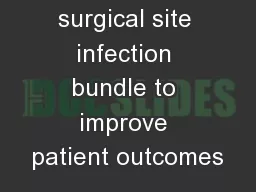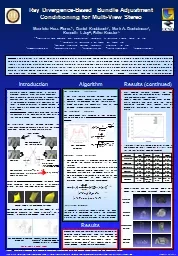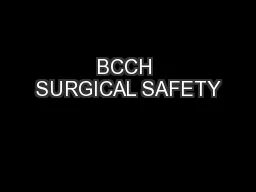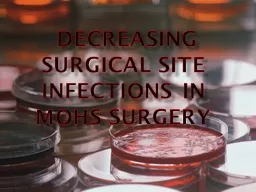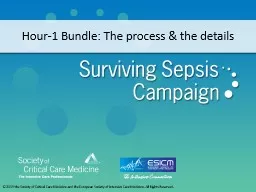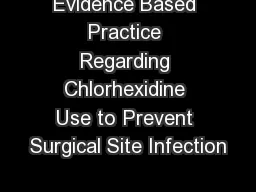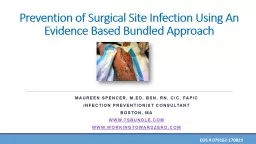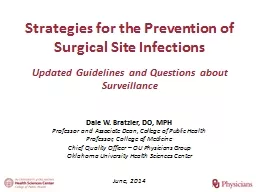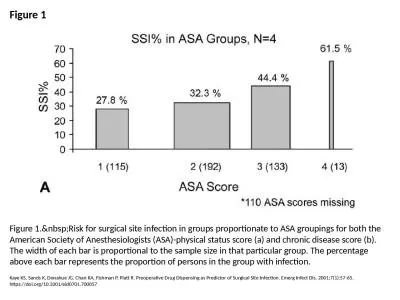PPT-Developing a surgical site infection bundle to improve patient outcomes
Author : danika-pritchard | Published Date : 2018-09-24
Felix W Tsai MD 1 Kathy Masters RD 2 Douglas Maposa MD 3 Lillian S Kao MD 4 Charles Monney MS 5 and Galit HolzmannPazgal MD 6 1 Department of Pediatric
Presentation Embed Code
Download Presentation
Download Presentation The PPT/PDF document "Developing a surgical site infection bun..." is the property of its rightful owner. Permission is granted to download and print the materials on this website for personal, non-commercial use only, and to display it on your personal computer provided you do not modify the materials and that you retain all copyright notices contained in the materials. By downloading content from our website, you accept the terms of this agreement.
Developing a surgical site infection bundle to improve patient outcomes: Transcript
Download Rules Of Document
"Developing a surgical site infection bundle to improve patient outcomes"The content belongs to its owner. You may download and print it for personal use, without modification, and keep all copyright notices. By downloading, you agree to these terms.
Related Documents

